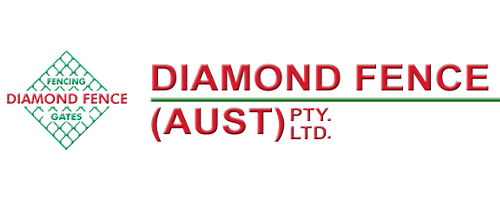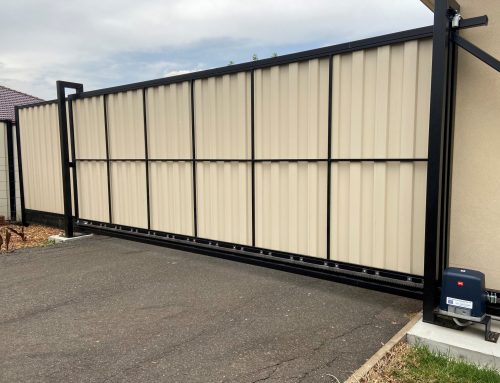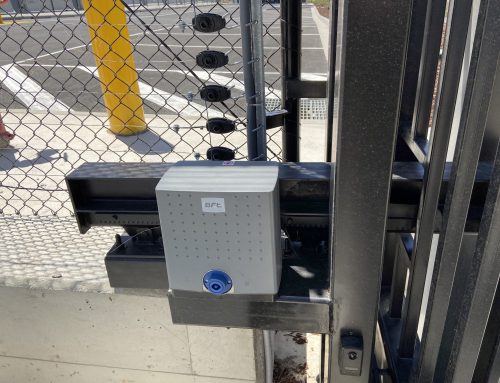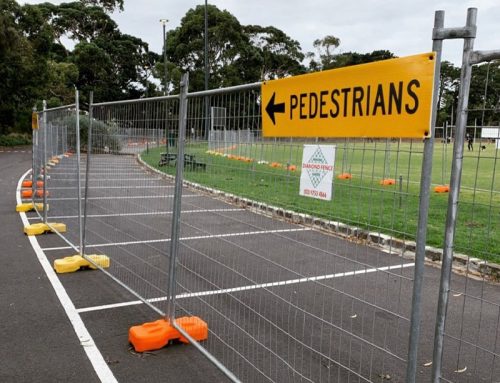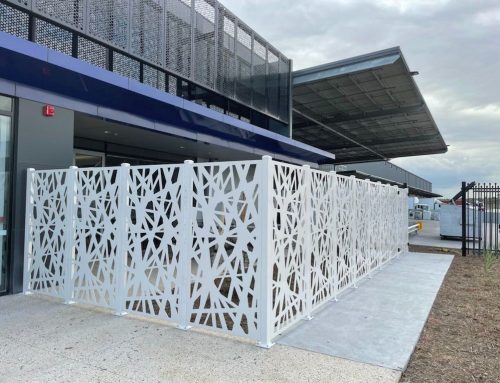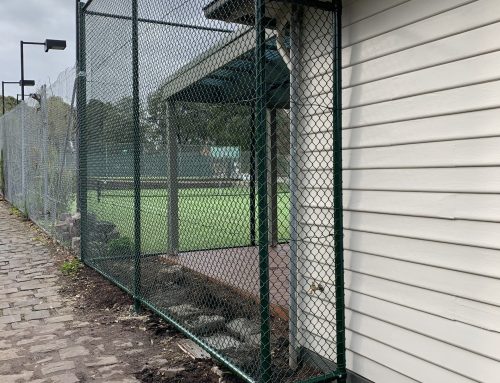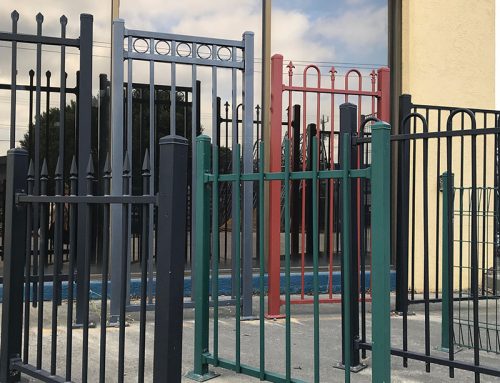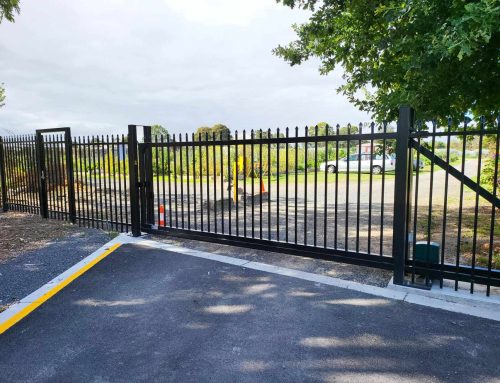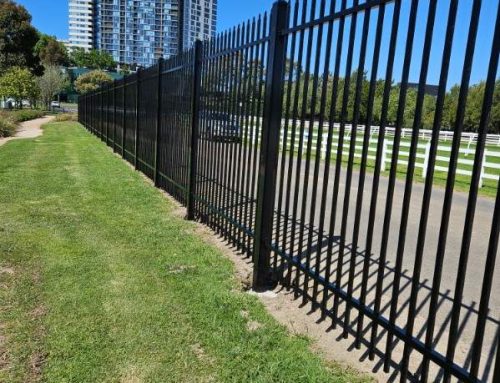When installing sports fencing, the stakes are high—both literally and figuratively. Whether you are setting up a new field or upgrading an existing facility with a new fence, getting the installation right is crucial for ensuring safety, performance and durability. However, many projects fall short due to common mistakes that can lead to costly and frustrating outcomes.
In this blog post, we will explore the top ten mistakes to avoid during sports fencing installation, offering practical advice and insights to help you achieve a successful and long-lasting result.
1. Improper Planning and Measurement
Proper planning and accurate measurement are foundational to a successful sports fencing installation in Melbourne. Failing to properly plan your project can result in a range of issues, from misaligned fences to inadequate coverage. Start by thoroughly assessing your site, taking precise measurements and considering any obstacles or unique features that could impact the installation.
- Create a detailed plan that includes the exact location of posts, the height of the fence and the spacing between sections.
- Use reliable tools and double-check your measurements to ensure everything aligns perfectly.
2. Choosing the Wrong Type of Fence
Selecting the right fence type is essential for meeting the needs of your sport and ensuring safety. Different activities require specific fencing solutions, from durable options for high-impact sports to lower fences for less intense games. Choosing incorrectly can lead to performance issues and higher maintenance costs. Assess your sport’s requirements and choose a fence that suits them for optimal results.
3. Ignoring Local Regulations and Codes
In Melbourne, adhering to local regulations and building codes is essential for a compliant and safe sports fence installation. Ignoring these guidelines can result in legal issues, fines and costly modifications. Ensure you are familiar with Melbourne’s specific regulations regarding fence height, materials and safety standards. By following these codes, you will not only avoid potential pitfalls but also ensure your installation meets the required standards for safety and functionality.
4. Using Inferior Quality Materials
5. Inadequate Post Installation
Proper post installation is crucial for the stability and longevity of your sports fence. Failing to set posts securely can lead to leaning or shifting, compromising the fence’s effectiveness and safety. Ensure posts are installed deep enough and secured with concrete or appropriate anchoring methods. Verify that they are perfectly aligned and level to create a stable and reliable fencing structure.

6. Incorrect Fence Height and Spacing
Getting the height and spacing of your sports fence wrong can significantly impact its functionality and safety. Incorrect height may fail to contain balls or players, while improper spacing can lead to gaps or weak spots. Ensure the fence meets the specific requirements of the sport and the facility by adhering to recommended dimensions and spacing guidelines.
7. Failing to Secure the Fence Properly
Inadequate attachment of fencing materials to posts can lead to sagging, bending or complete failure of the fence. Use the right fasteners and techniques to securely affix the fence to the posts and regularly check for signs of wear or loosening.
8. Neglecting Drainage and Ground Conditions When Installing Sports Fencing
Poor drainage can cause water to accumulate around the posts, leading to erosion and weakening of the fence. Assess the site’s ground conditions and implement proper drainage solutions, such as grading or drainage systems, to ensure the fence remains stable and durable.
9. Poor Alignment and Aesthetics
Misaligned fences can affect performance and safety, while uneven or poorly finished fences can detract from the overall look of your facility. Take care to ensure that the fence is straight, level and neatly installed. Regularly check alignment during installation and make adjustments as needed to achieve a professional and attractive result.
10. Ignoring Weather Conditions in Melbourne
Melbourne’s varied weather can significantly impact sports fencing installation. Ignoring weather conditions might lead to installation issues such as poor curing of concrete in wet conditions or complications from extreme temperatures. Plan your installation around Melbourne’s weather patterns, avoiding rainy or excessively hot periods, and prepare for conditions like high winds or temperature fluctuations.
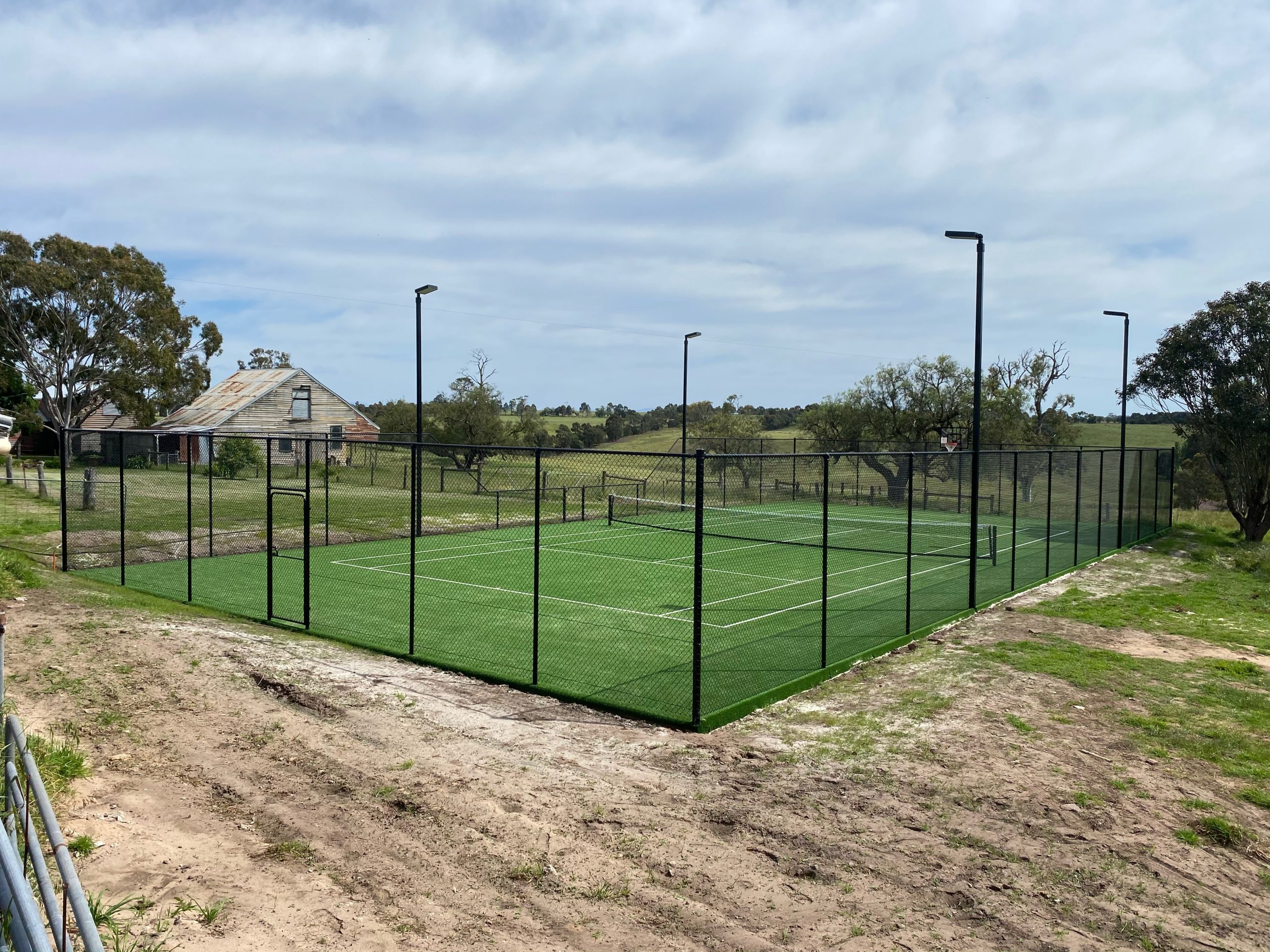
Interested in the Sports Fencing Installation in Melbourne? Ask Diamond Fence!
If you are interested in exploring the steel fencing options provided by Diamond Fence in Melbourne and Greater Victoria, we encourage you to reach out to us today!
You can contact us by either sending an email to info@diamondfence.com.au or by placing a phone call to our dedicated line at (03) 9753 4566.
For your convenience, we have also an online enquiry form that offers an efficient means of communicating with us. This form allows you to submit any inquiries or concerns you may have.
We eagerly await the opportunity to assist you further and provide the necessary details regarding your steel fencing enquiry.
